
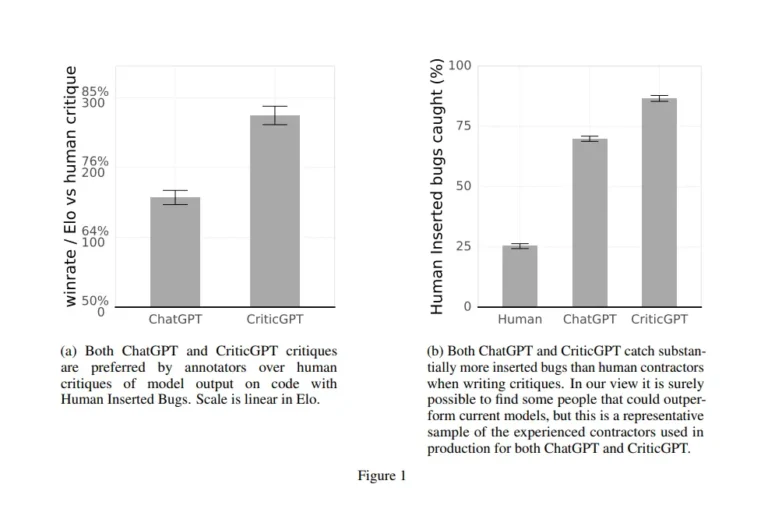
Finding GPT-4’s mistakes with GPT-4 CriticGPT: AI self-evaluation breakthrough AI is transforming how…


Llama 3.1 is an open-source AI model from Meta AI that boasts capabilities…

Meet Grok-1.5, an AI with exceptional understanding and reasoning skills. In the coming…

GPT-4o mini is OpenAI’s latest advancement in cost-efficient artificial intelligence, designed to be…

Have you ever wondered how deep learning has made strides in both image…

GPT-4o, also known as Omni, is a major upgrade to OpenAI’s language model…
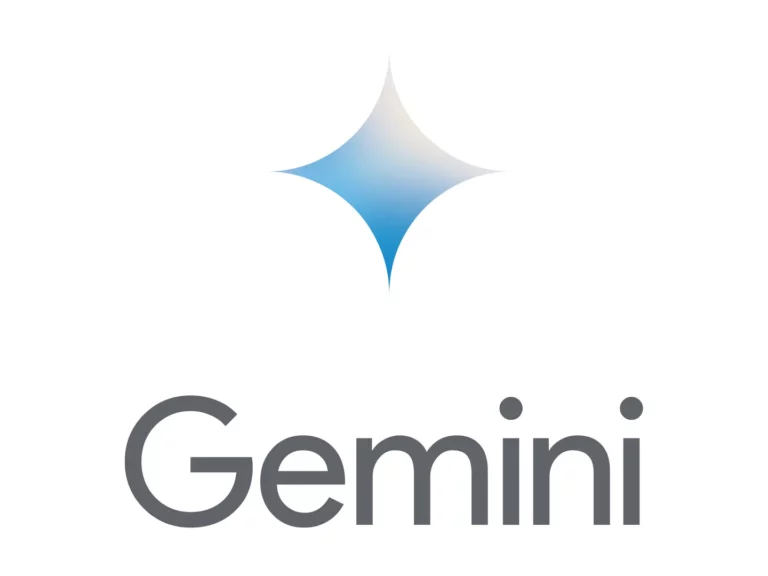
Google’s Gemini Pro, part of the Gemini family of AI models including Ultra…



GPT 3.5 refers to the set of models designed to improve on GPT-3…

Baidu Comate, an AI-powered coding assistant, is built upon the Wenxin model (Ernie…

GPT-4 with Vision, also known as GPT-4V, is an extension of the GPT-4…



ERNIE 2.0 is an AI language model proficient in understanding both English and…

Grok-1 is a large language model (LLM) developed by xAI, a company led…

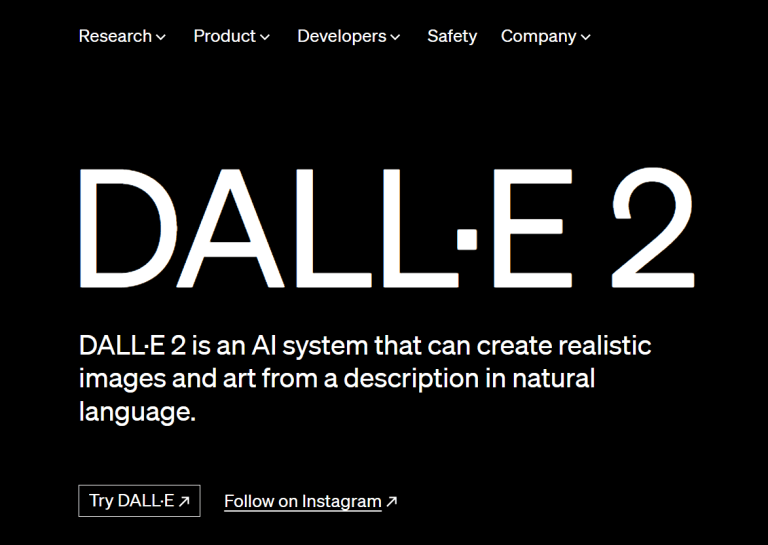
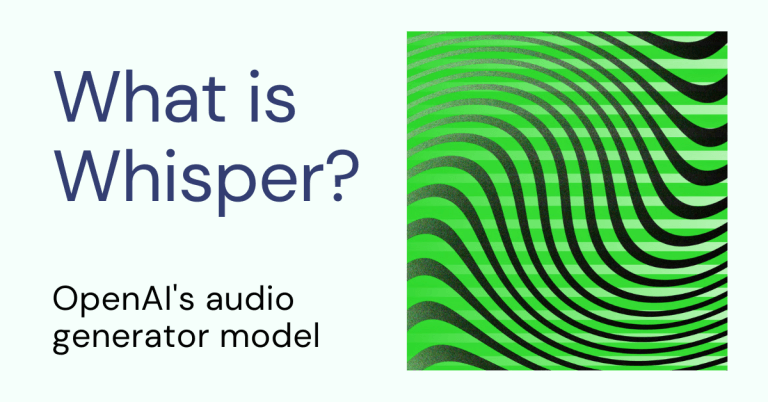
Some companies don’t use popular language models provided by big players such as…
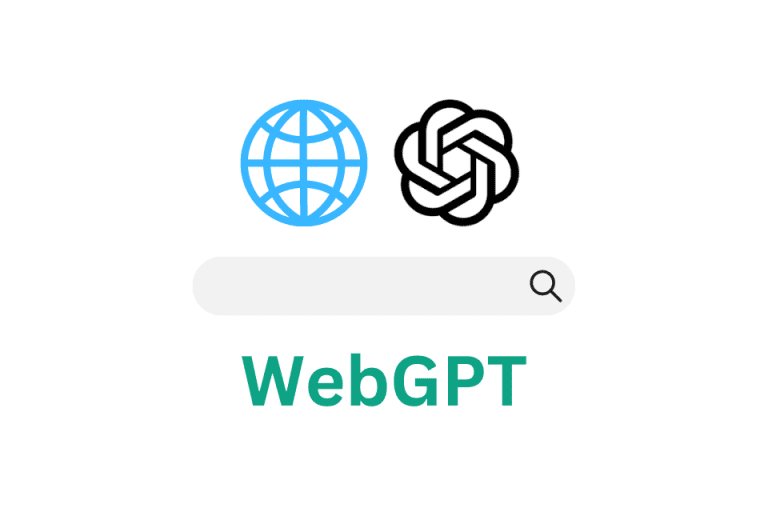
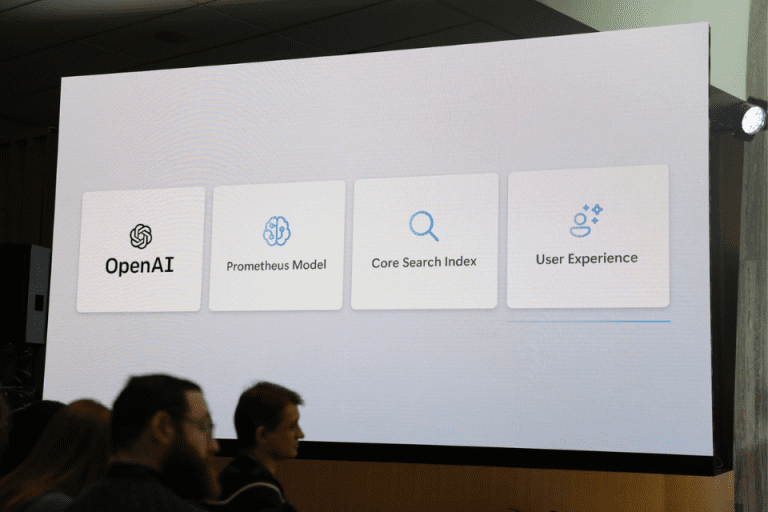
The new Bing AI search is powered by a variant of GPT-3 customized…
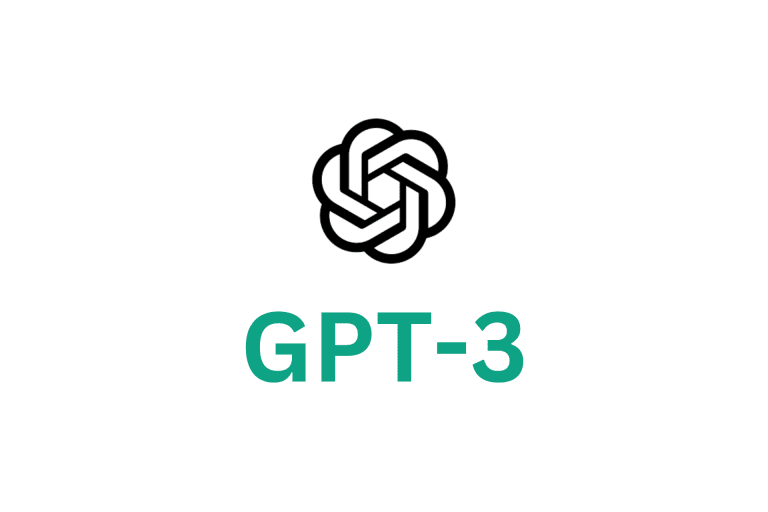
Developed by OpenAI, GPT-3 is a family of large language models that use…